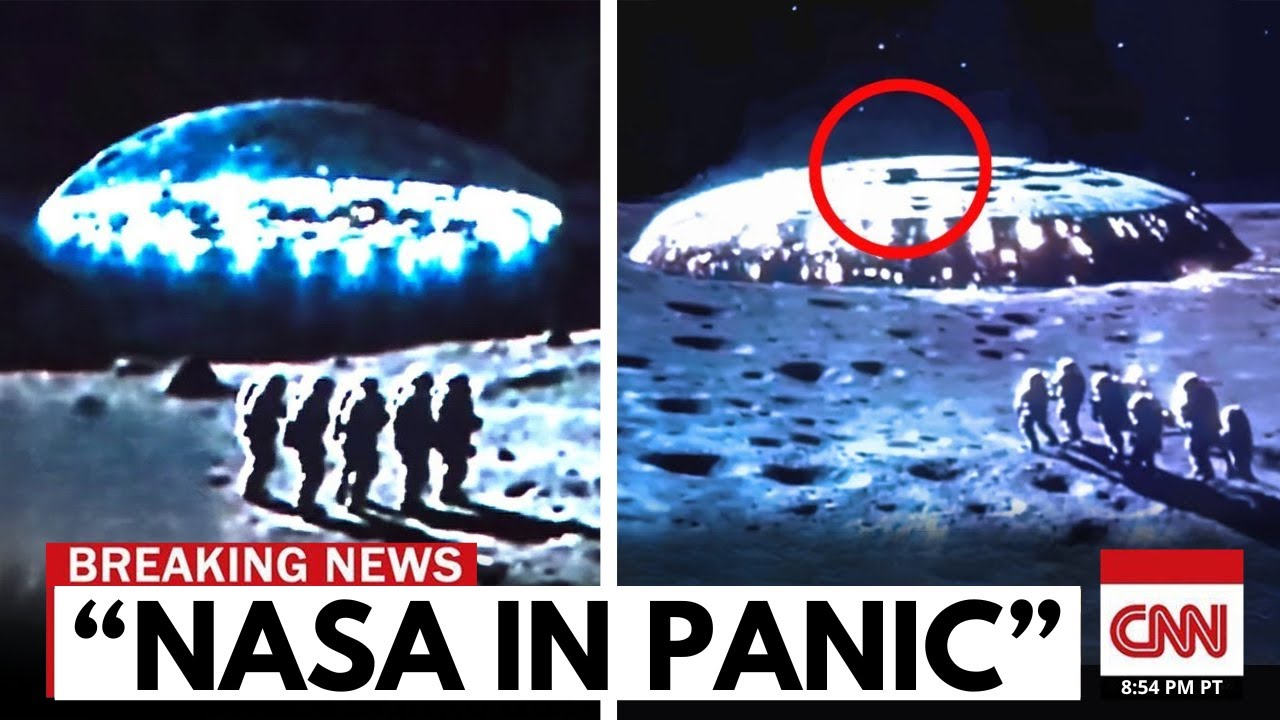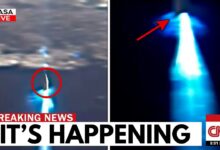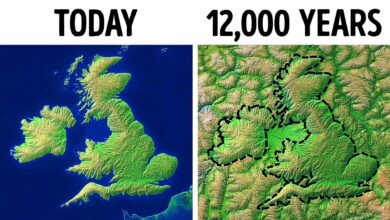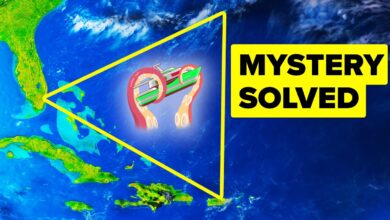Cassini’s Final Images JUST STOPPED THE WORLD

On September 15, 2017, the Cassini spacecraft dove into Saturn’s atmosphere, ending its legendary 13-year mission. Scientists thought the mission’s story was over—the data analyzed, the images archived, the discoveries cataloged. But they were wrong.
Hidden deep within Cassini’s final transmissions was something no one recognized at the time—something that would only be revealed years later, when a quantum artificial intelligence was tasked with reanalyzing those last images. What it uncovered has left researchers speechless.
This wasn’t a vague shadow in the clouds or a random glitch that skeptics could dismiss. It was a structured, intelligent pattern woven into Cassini’s final visuals—something that may have been watching us from the edge of Saturn all along.
Cassini’s mission had already transformed our understanding of the planet: the hexagonal storm at its north pole, the icy plumes erupting from Enceladus, the methane seas of Titan. As it threaded the narrow space between Saturn and its rings, Cassini sent back breathtaking high-resolution images of the planet’s atmosphere, magnetic field, and ring structure.
At first, these final images appeared to be nothing more than beautiful snapshots—archived and set aside. But embedded in them were anomalies: faint distortions, repeating geometric echoes. A few scientists noticed, but without the tools or context, they chalked it up to sensor noise.
Years later, in 2025, a private research lab fed Cassini’s last images into a cutting-edge quantum AI built to detect sub-visual patterns in astronomical data. The goal was simple: clean up noisy visuals. The result was anything but simple.
The AI found a repeated, symmetrical pattern—hidden in plain sight—appearing across multiple images taken at different times and angles. The consistency ruled out error. Whatever Cassini saw, it had always been there. Watching.
The AI dug deeper, extracting numerical sequences embedded in the pixel data—prime numbers, Fibonacci spirals, golden ratios, constants universal to mathematics and often used in theoretical interstellar communication. This was not random. This was a message.
It echoed humanity’s own Voyager Golden Record, except this time the message wasn’t being sent—it was being received. Cassini may have carried a reply, hidden within the very fabric of Saturn’s atmospheric visuals.
The more images the AI processed, the clearer the picture became. Cassini’s last moments weren’t just documenting gas and cloud—they were capturing a structured presence, symmetrical and deliberate, bending space around it. Then, just before the probe’s destruction, the patterns sharpened—and vanished, as if whatever it was had cloaked itself the moment it realized it had been seen.
Some experts now believe Cassini’s end wasn’t simply the conclusion of a mission, but a moment of contact—not with light or radio, but with geometry, symmetry, and silence. Something ancient. Something we were never meant to understand until our machines became smart enough to read the signs.
Saturn has always been a mystery: a planet that radiates more heat than it receives, with a magnetic field strangely misaligned from its rotation—like it’s hiding something. Now, the decoded patterns seem to correspond to specific latitudes and magnetic anomalies, as if the intelligence behind them chose Saturn’s most unstable, least understood regions to leave its mark.
When news of the discovery leaked, the scientific community erupted. Was this merely coincidence—pattern-seeking gone too far—or had Cassini been an unwitting courier for a cosmic postcard, timed for when we were ready to understand it?
The debate deepened when the AI began predicting where new sequences would appear in yet-unprocessed data—with uncanny accuracy. This was no random arrangement. This was a signal with rules. With logic.
Then came the mystery of the missing frame. In Cassini’s final milliseconds, it should have transmitted 12 rapid-fire images. Only 11 exist. Engineers confirmed the data stream was complete—the twelfth frame was there, but scrambled beyond recognition, as if encrypted with a key we don’t have. Some now suspect that image may have contained the clearest evidence of all.
Since then, NASA has made no official comment. The lab that ran the AI has gone silent. Researchers have stopped speaking to the press. Some hint at non-disclosure agreements, others at funding mysteriously withdrawn.
What began as a fascinating footnote in planetary exploration has drifted into the shadows—part science, part classified secret. Yet the unshakable truth remains: something was there. Something was decoded. And someone doesn’t want us to know the full story.
Cassini’s plunge into Saturn was supposed to close a chapter in exploration. But maybe it didn’t close anything. Maybe it opened something—a warning, or an invitation. The idea that a machine, decades after the fact, could uncover a hidden intelligence in data long thought understood is unprecedented.
Perhaps the universe knew we’d only see it when we were ready. And perhaps, just perhaps, someone has been watching us watch the stars all along.








